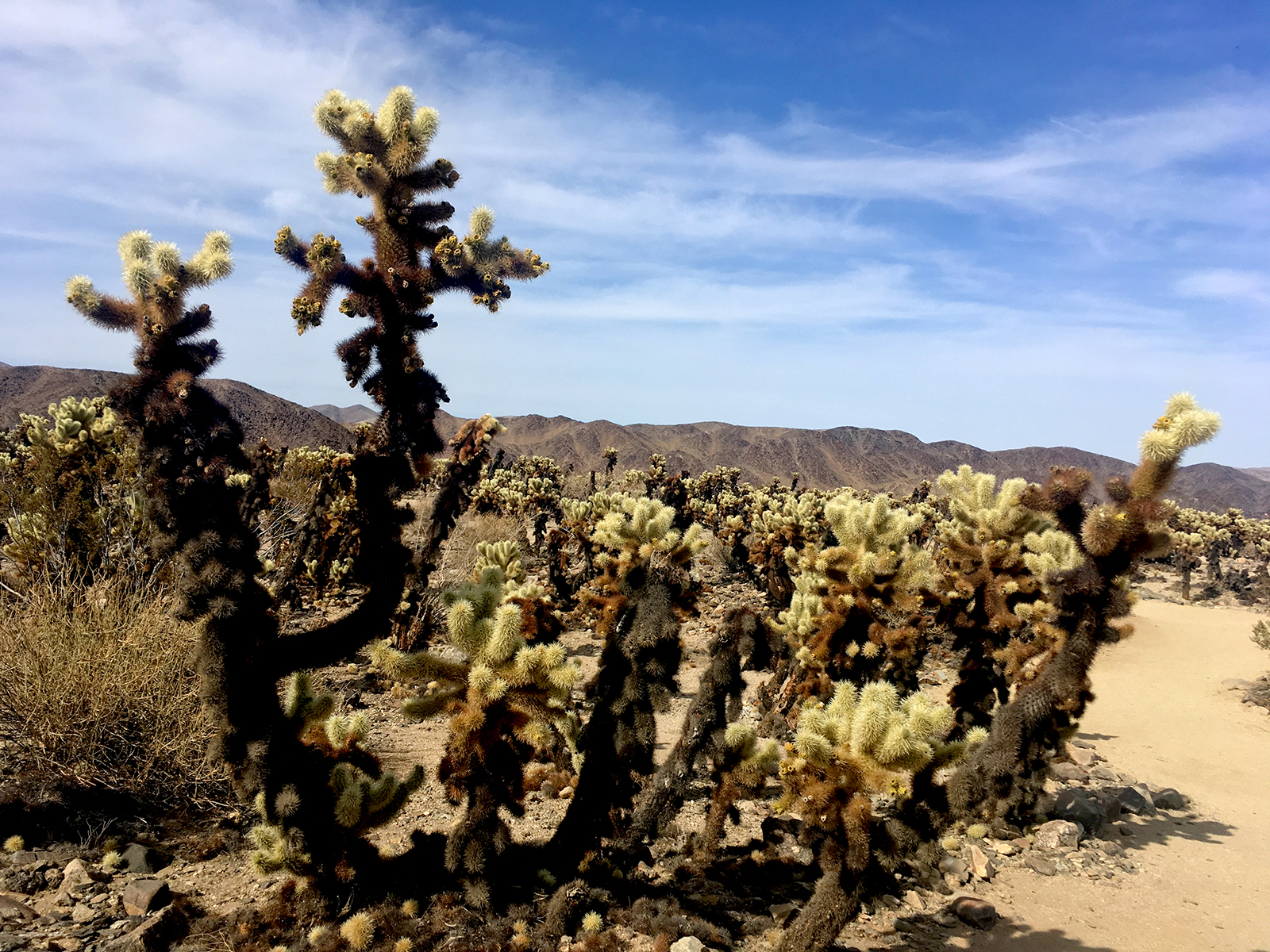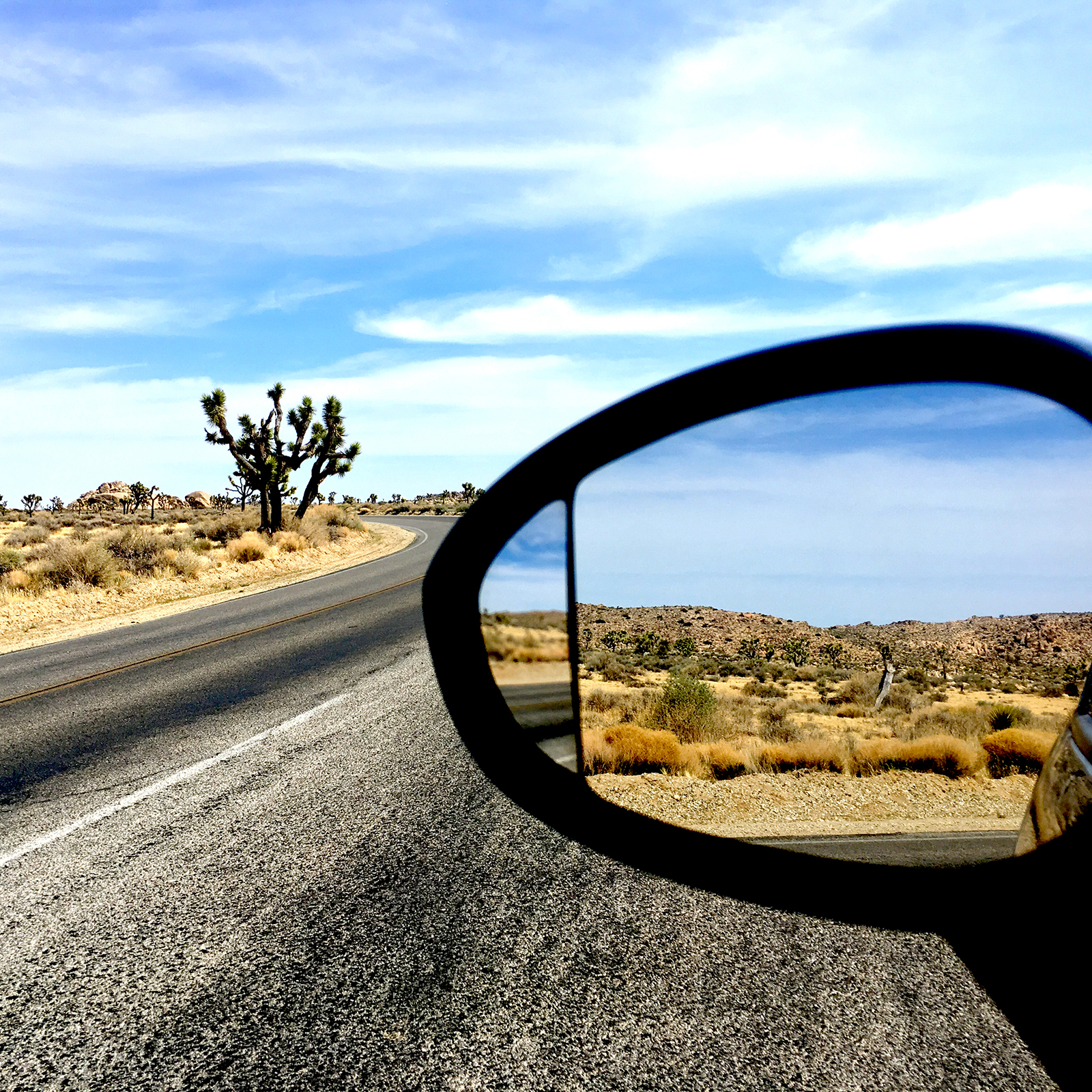
Aug. 5th, 2020
How to Eat Your Cactus
Eating for Adversity
Text & images © Julia Georgallis
This piece is the second chapter of a 2-part article written by Julia Georgallis about her research on edible cacti. Read the first part here
It is perhaps understandable why cacti and succulents have been overlooked as an agricultural crop. Though they require little water or affection and are happy in most climates, they are inefficient growers and painful to harvest, requiring nerves of steel and nimble fingers. But with the threat of desertification that may render some of the world’s most important agricultural landscapes barren, these plucky plants are perfect candidates for providing humans with a lifeline when global warming does its worst.
Cacti and succulents have been eaten for centuries by many desert communities - the Native American Tohono O’odham tribe pluck the prickly cholla’s nutrient-dense bud in the spring to be dried and stored for the rest of the year. Stone crops grow quickly and are perfect as salad-leaf alternatives. And, even when we may lose land to rising sea levels, we can still keep eating sea succulents such as karkalla, samphire, land seaweed and sea purslane.

Many of us have already eaten some form of cactus or succulent without being aware of it - beautiful dragon fruit comes from the pitaya cactus and, as a sticky-mouthed child in Cyprus, I munched happily on pink prickly pear fruit. More recently, on a trip to Mexico, I was introduced to the nopal: the green, fleshy part of the prickly pear which I would never have thought edible. Nopal is okra-like - it can be ground down into flour and used to make tortillas, or brined and eaten in salads, tacos, stews and burritos. Lately, health brands have started touting ‘nopal water,’ purportedly full of antioxidants, reminding us of cowboys in Westerns cutting the tops off cacti and drinking the water inside.
This is a piece of fake news - nopal is full of vitamins, but cacti and succulents are not full of drinking water, and nopal water is just prickly pear fruit juice. This belief, however, does come from some understanding of these plants as protective, offering respite from a desert sun. The aloe vera fits this bill - no stranger to the medicine man, its gel is used for sunburn, rashes and blemishes. Already popular in Asia, it can also be eaten and aloe vera ‘water’ is said to help with digestive issues. In Ancient Egypt, aloe vera was revered, seen as magical and healing and buried with pharaohs to protect them in their afterlife.

Some cacti and succulents may also be able to heal rifts caused by the dark side of the agricultural industry. Agave, also known as maguey, has built up a reputation as a ‘healthier’ sugar alternative. Though there is little evidence to support this, agave syrup doesn’t have sugar’s sinister history, steeped in slavery and exploitation. The syrup is also a vegan honey substitute, counteracting the over-production of honey that damages global bee communities. Important to many Mesoamerican civilisations, maguey was closely tied to deities of fecundity, used for ceremonies in the forms of tequila and mezcal, which are made by fermenting the blue agave.
Cacti and succulents may provide us with the answer to feeding ourselves in the face of climate adversity but would we, as a race of over 7 billion-and-counting be able to survive on them alone? Absolutely not - the past proves that we need agricultural diversity so as not to put too much pressure on any one ecosystem. But we should at least stop viewing the desert as an infertile and inhospitable place and that, when things eventually do get tough, all we need to do is look beyond the thorns and use our resources differently.
Bibliography
The EAT-Lancet Commission on Food, Planet, Health, ‘Food in the Anthropocene: The Eat-Lancet commission on healthy diets from sustainable food systems’ (2019). Date accessed: 1st February 2020
The Intergovernmental Panel on Climate Change, ‘Global Warming of 1.5oC’ (2018). Date accessed: 14th November 2018
The Guardian & The Pacific Standard, ‘This Land is Your Land’ (2020). Date accessed: February 14th 2020
About the author
Julia Georgallis is a baker who used to be an industrial designer. She is the author of cookbook, How to eat your Christmas tree and runs micro-bakery, The Bread Companion as well as various other side hustles. Her work revolves around looking at food as a design solution and as an educative, empowering tool. www.juliageorgallis.co.uk / @juliageorgallis